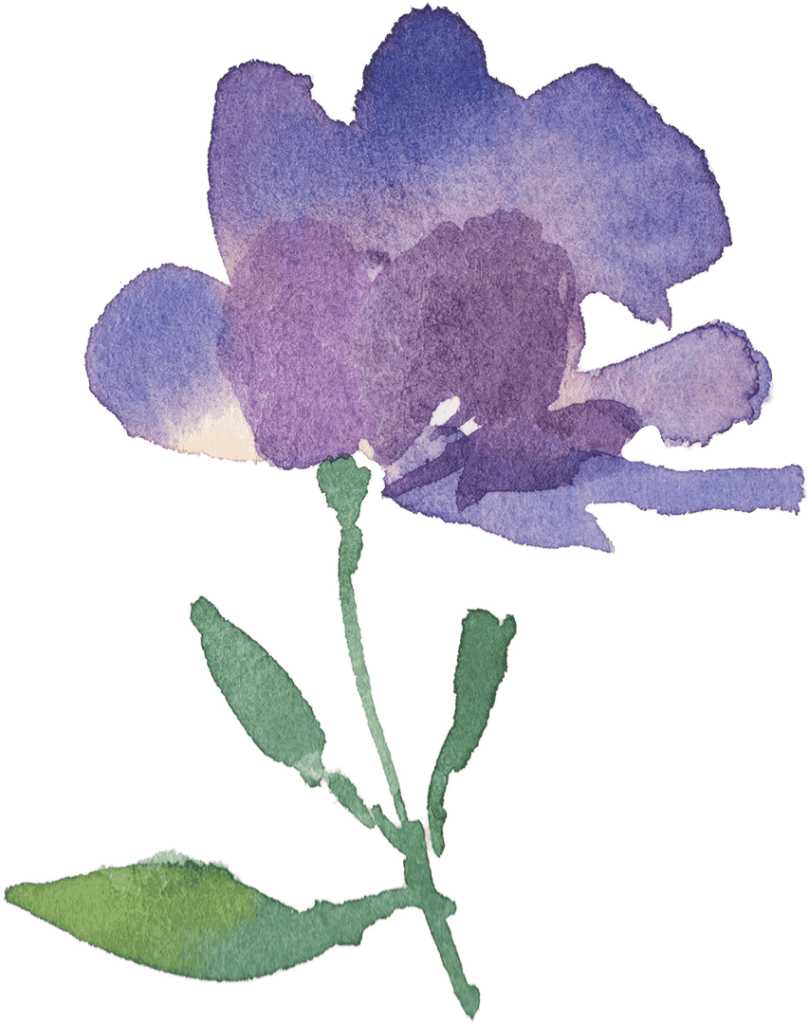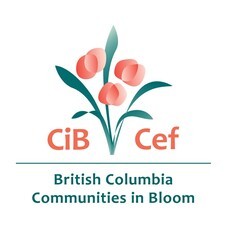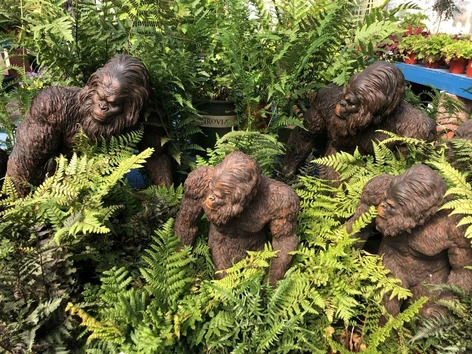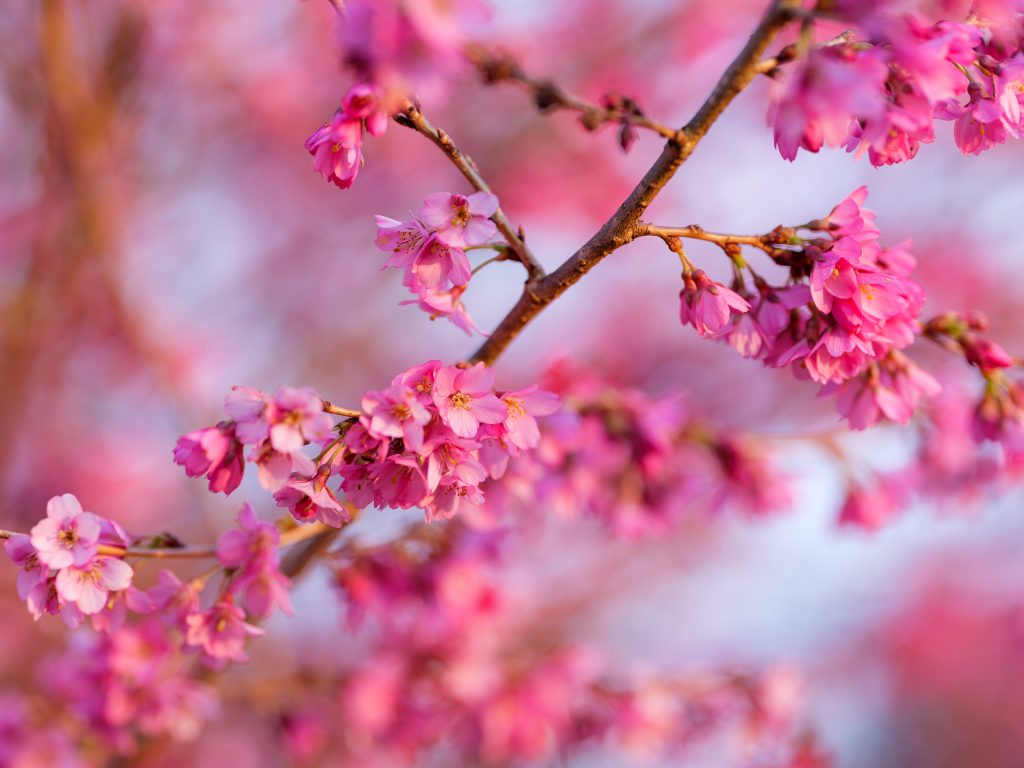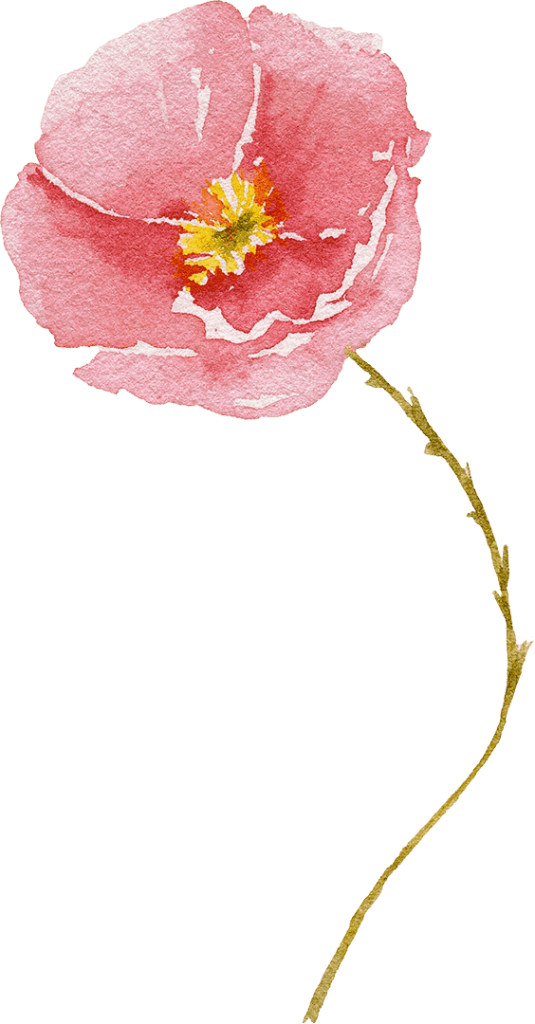Community comes together to steam traditional dugout canoe
by MARCIE CALLEWAERT,
Special to the Westerly

Steaming a traditional Nuu-Chah-Nulth canoe is a community event with many helping hands and that was certainly true when Carl Martin Sr. invited the community to join him in steaming his canoe at the Naa’Waya’Sum Gardens (formerly the Tofino Botanical Gardens) on November 26. Steaming a canoe is one of the last stages of carving a traditional canoe – called a čapac in the Nuu-Chah-Nulth Tla-o-qui-aht dialect, where hot rocks are submerged in water inside the canoe and the steam is trapped with tarps. Steaming stretches the canoe out width-wise, giving stability to the final product.
The steaming wasn’t a simple one-day affair. Matt Leonew had split and stacked the firewood in the days leading up to the event. Martin and Leonew had also gathered the rocks and moved water closer to the site so it wouldn’t have to be carried from the low tide water line that morning. Salt water has always been used by Tla-o-qui-aht carvers as it heats up faster than freshwater. On the morning of the steaming, Martin was joined by Christine Germano on the shore of the Tofino Mudflats to light the fire at 6:00 a.m. and begin heating the approximately 150 rocks piled within.
As the fire burned lower and the rocks started to emerge, you could see them glowing red. This was the sign Martin was waiting for to begin filling the canoe with water. Those in attendance stepped in to help carry buckets.
The 29-foot canoe, which is about an average size for a canoe of this style, took dozens of bucket loads to fill it deep enough for the rocks to be submerged. Pitchforks and a long rake were used to move the rocks from the fire to the canoe where they were lowered into the water. Martin placed the first rocks before others joined in, spreading them evenly across the base of the canoe. Tarps had been set up to cover the canoe and hold the steam in place.
Wooden guides were set atop the gunwales of the canoe to keep it from expanding too far, while braces inside the canoe settled further and were wedged into place as the sides opened up. The braces will remain in place as the wood dries out and seats are installed. The steaming successfully opened the centre of the canoe by three inches.
Many community members came to witness the process. It was a day to “learn from the land and from our Elders and Ancestors … land based learning is very impactful and meaningful,” čiiʔiłumqa (Cedar Dawson) explained. Echoing that sentiment was ḥiin̓a (Rose McCarthy). It was “much needed medicine and renewing for the łimaqsti (spirit)”. Both were visiting from c̓uumaʕas (Tsuma-as), the area now known as Port Alberni.
Eli Enns, founder of the Naa’Waya’Sum Gardens, elaborated on the new direction of the facility where the event was held. The “Naa’Waya’Sum Gardens is dedicated to exactly these kinds of events … We’re so happy that Carl has been able to take another step in the progress of this particular canoe and host the community to come together around such an important cultural practice.” Enns also discussed the meaning behind the name Naa’Waya’Sum, crediting Tla-o-qui-aht Elder, Levi Martin with sharing the information in a meeting. Naa’Waya’Sum talks about the transfer of knowledge from one generation to the next – particularly through cultural practices.
Martin has been building boats and carving canoes his whole life with brothers Joe Martin and the late Bill Martin. They learned from their father, grandfather and uncles and now pass down their knowledge to others in the community. Ivy Cargill Martin, daughter of Carl Martin Sr, ensured everyone was well fed throughout the morning and warmed with coffee and tea despite the occasional rain shower. She organized the event with the support of the Clayoquot Biosphere Trust, the First Peoples’ Cultural Council, Naa’Waya’Sum Gardens and the Carving on the Edge Festival.
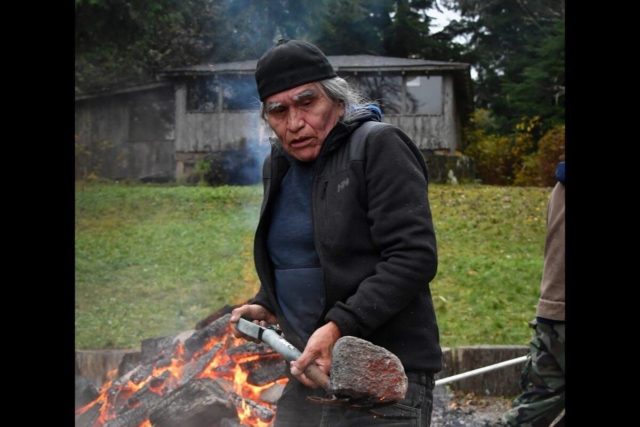
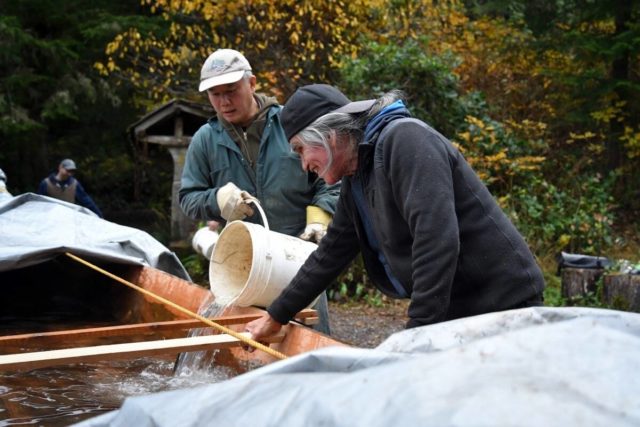
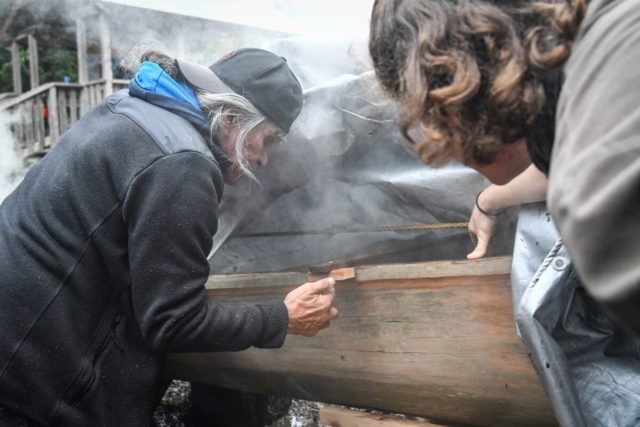
Article courtesy Tofino-Ucluelet Westerly News :
westerlynews.ca/news/community-comes-together-to-steam-traditional-dugout-canoe/
See more: Naa’Waya’Sum Coastal Indigenous Gardens
